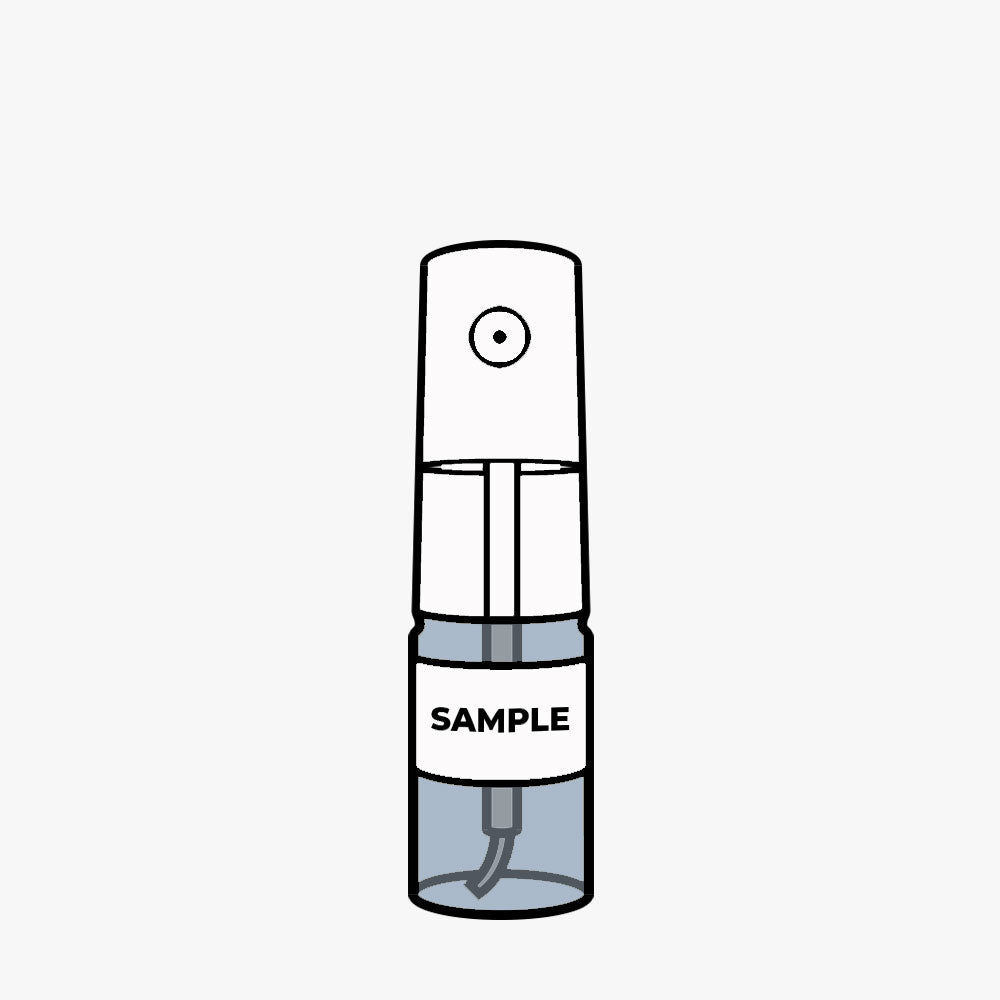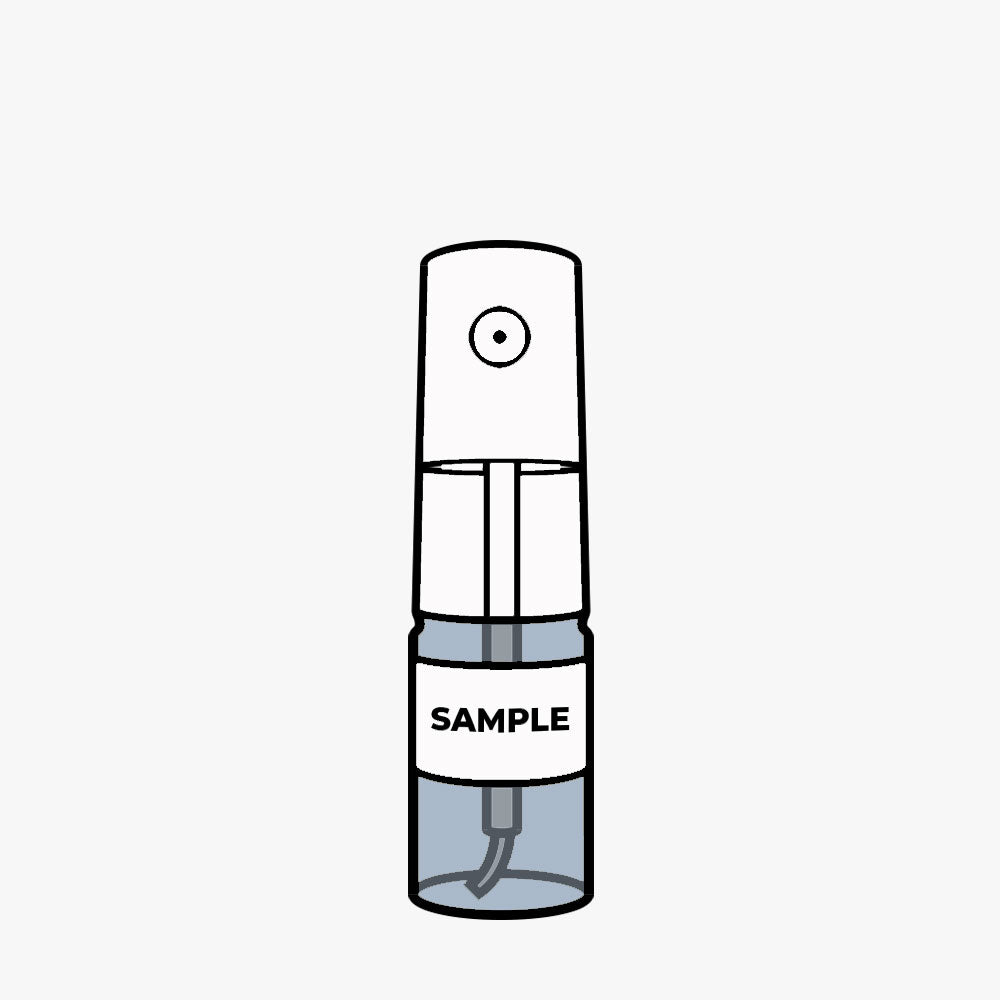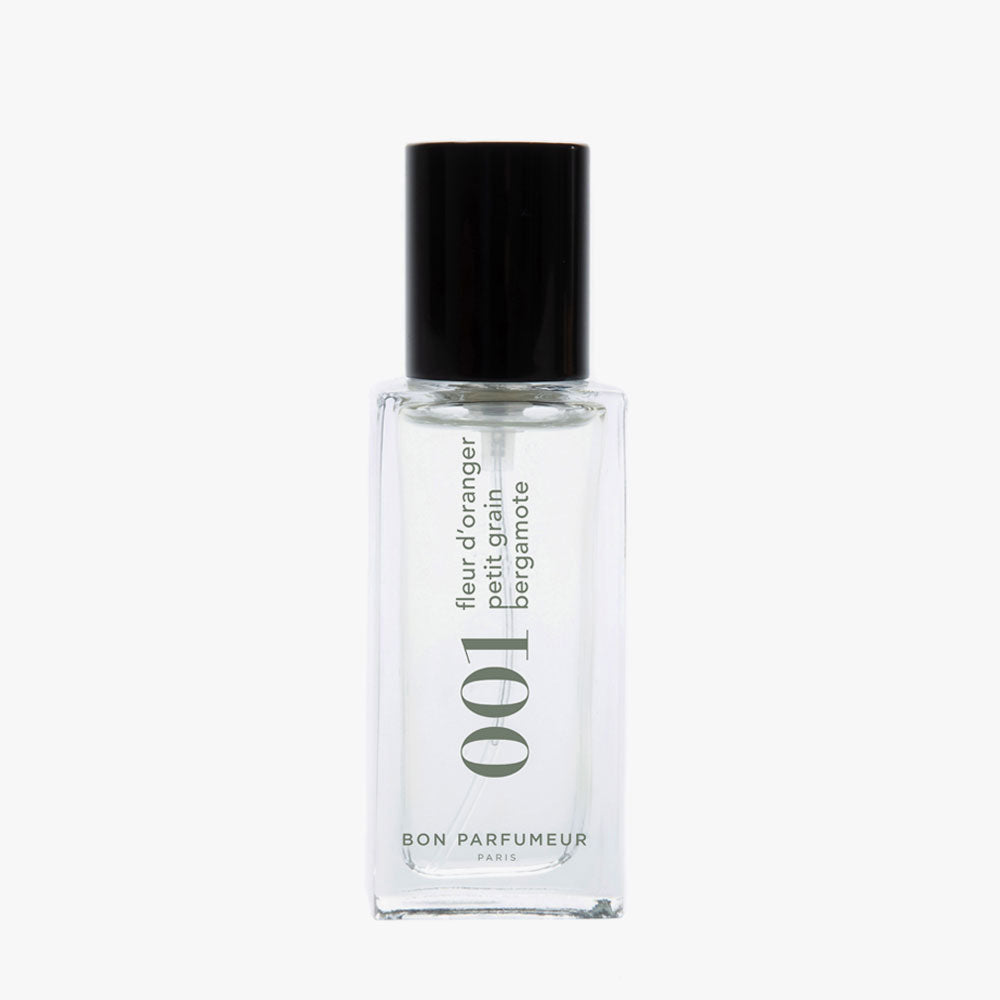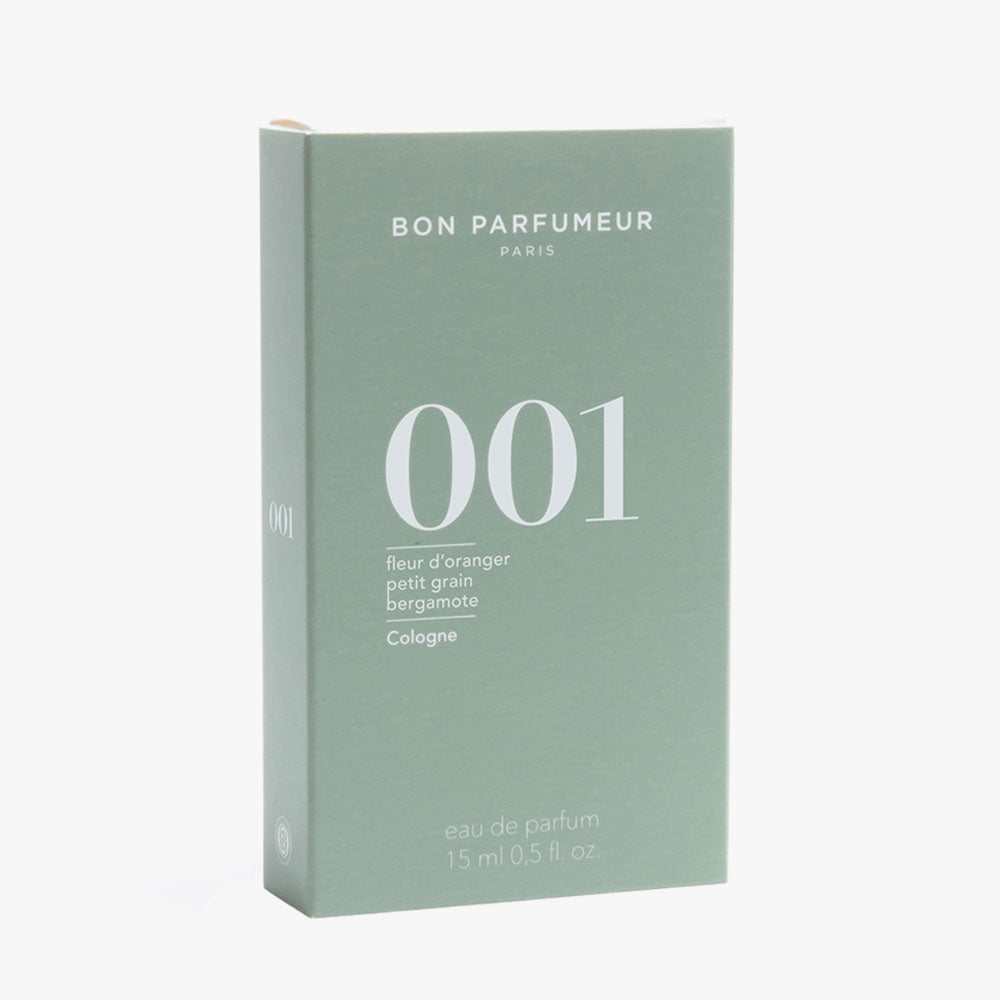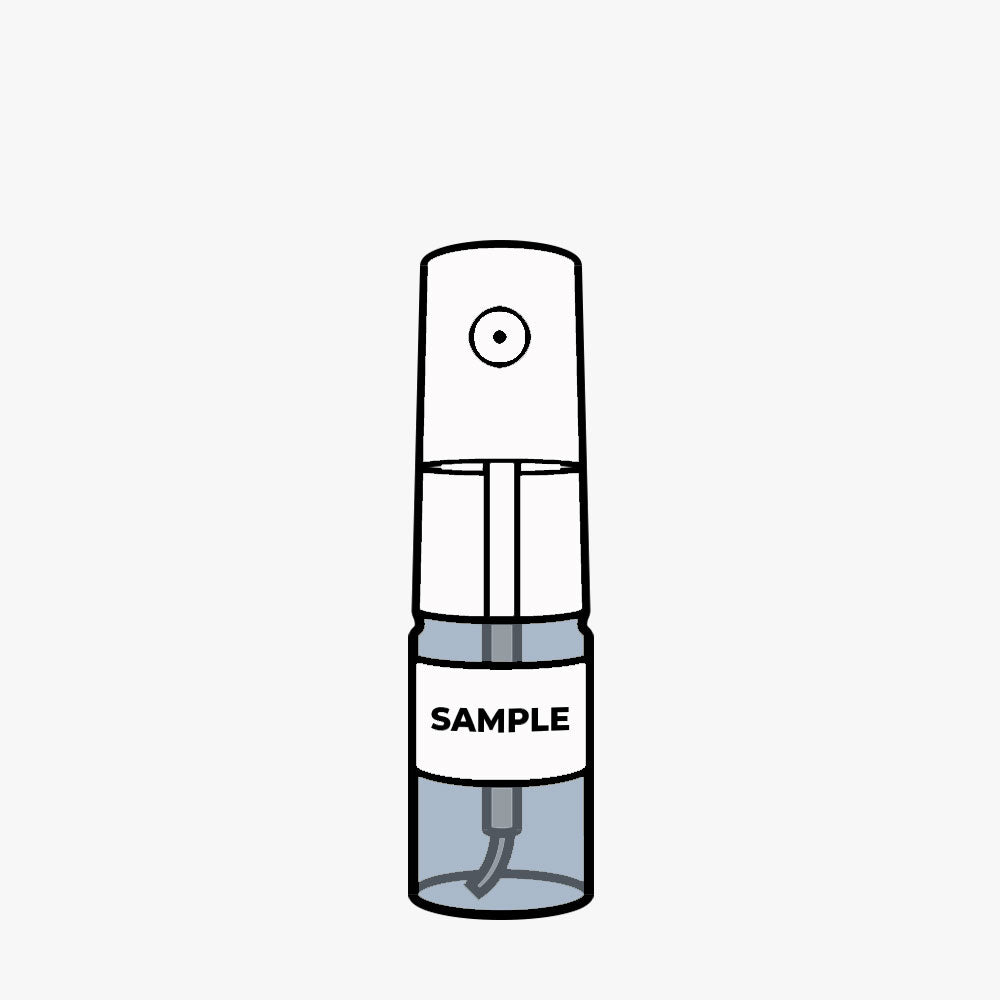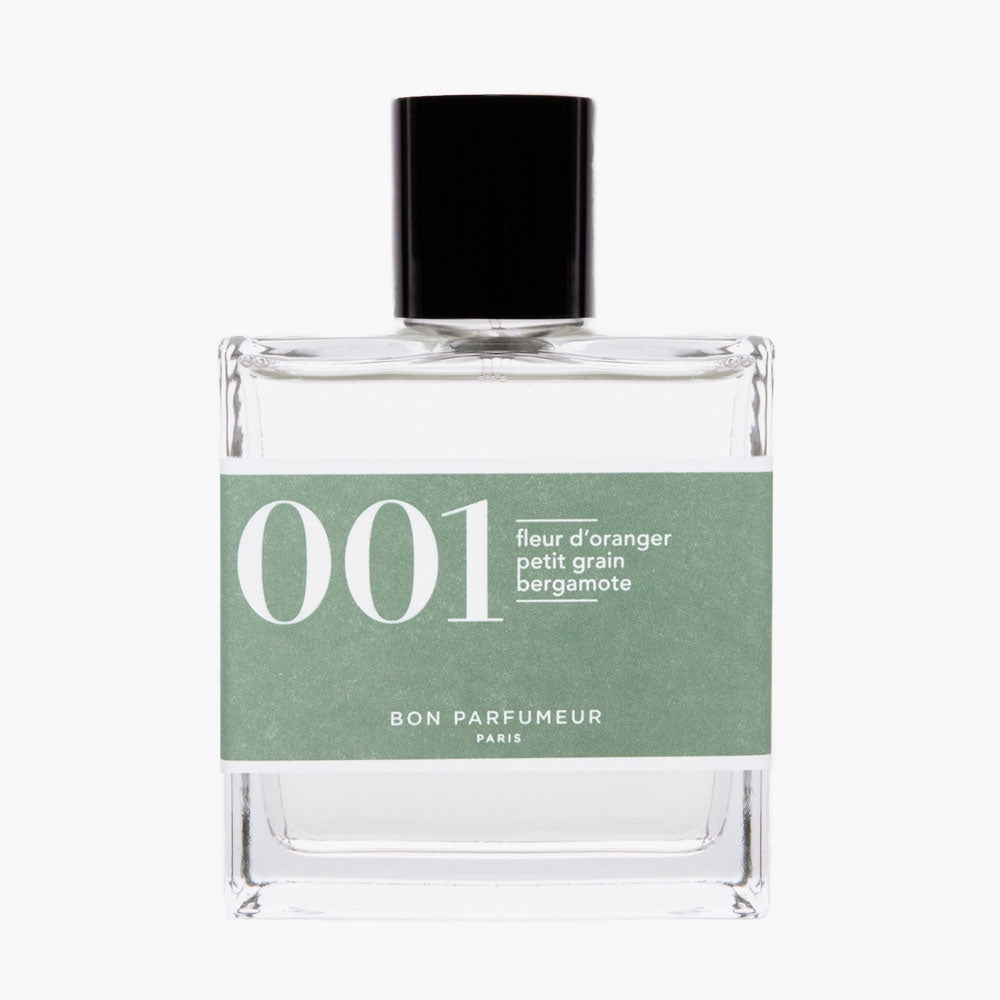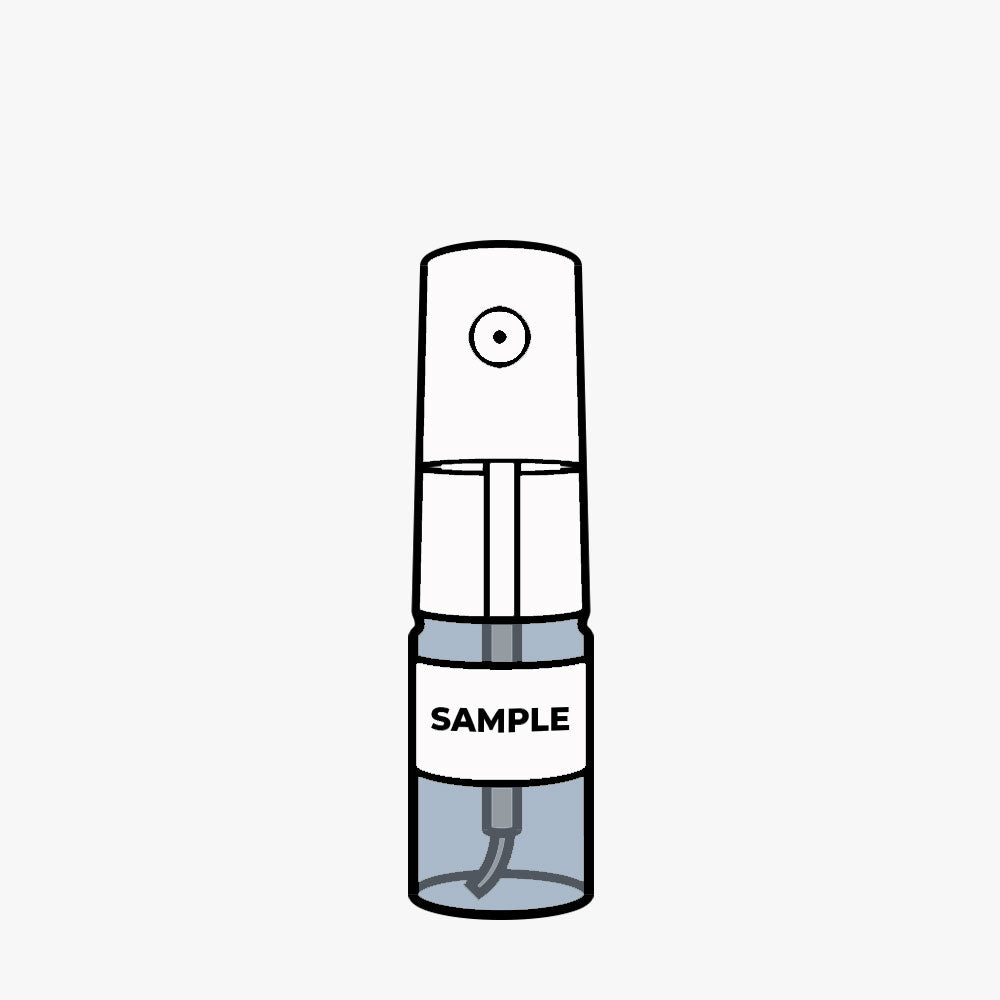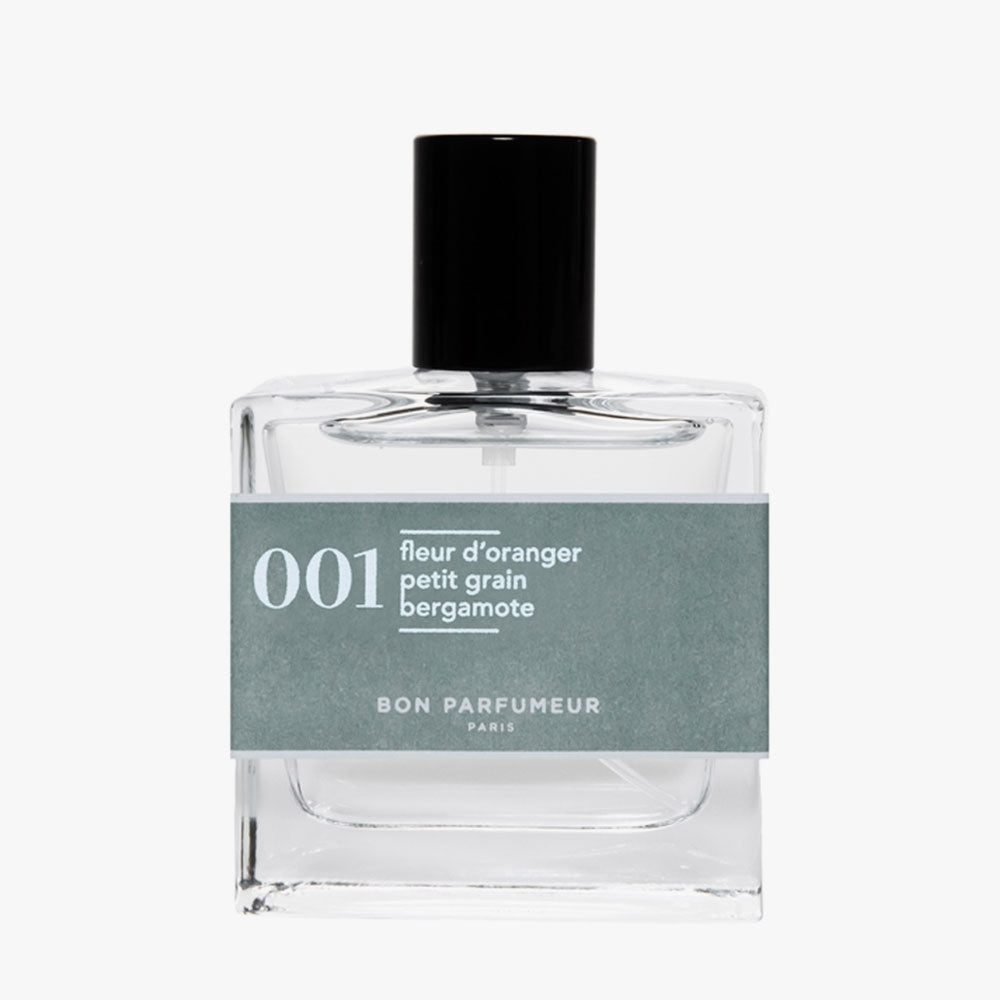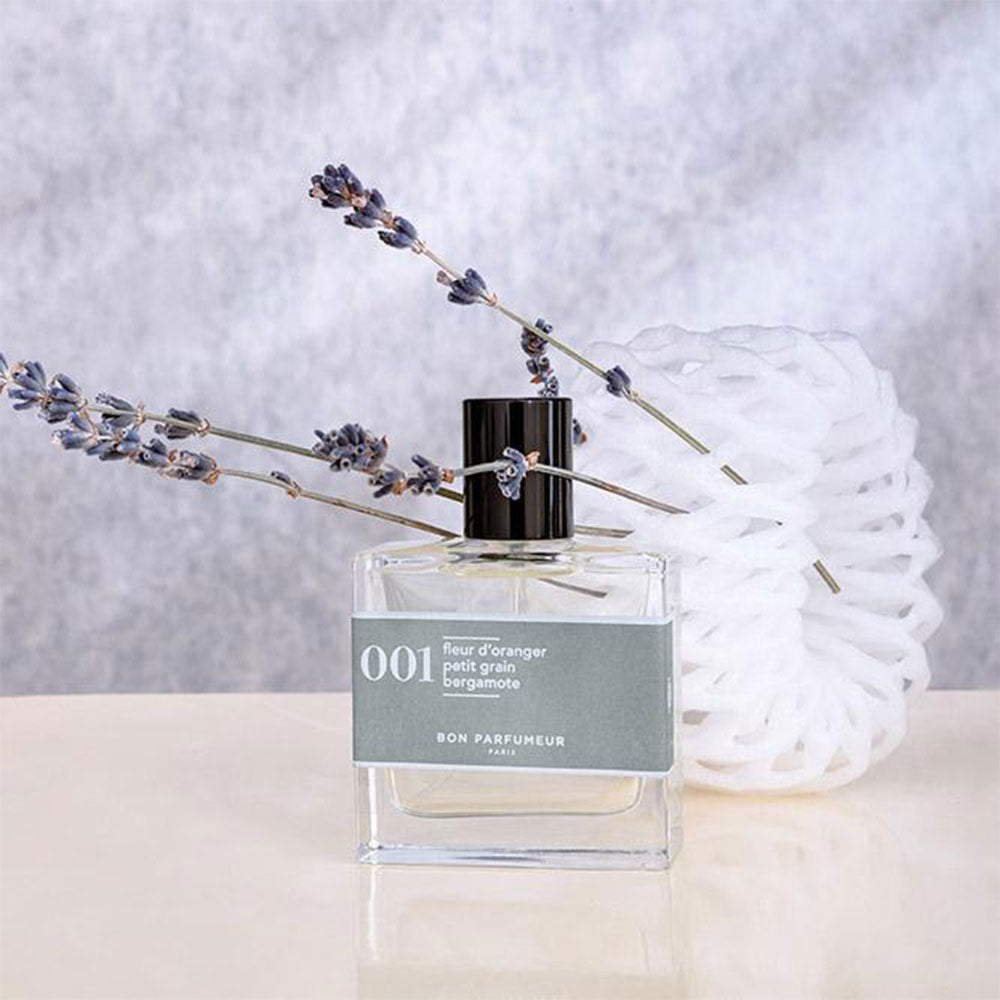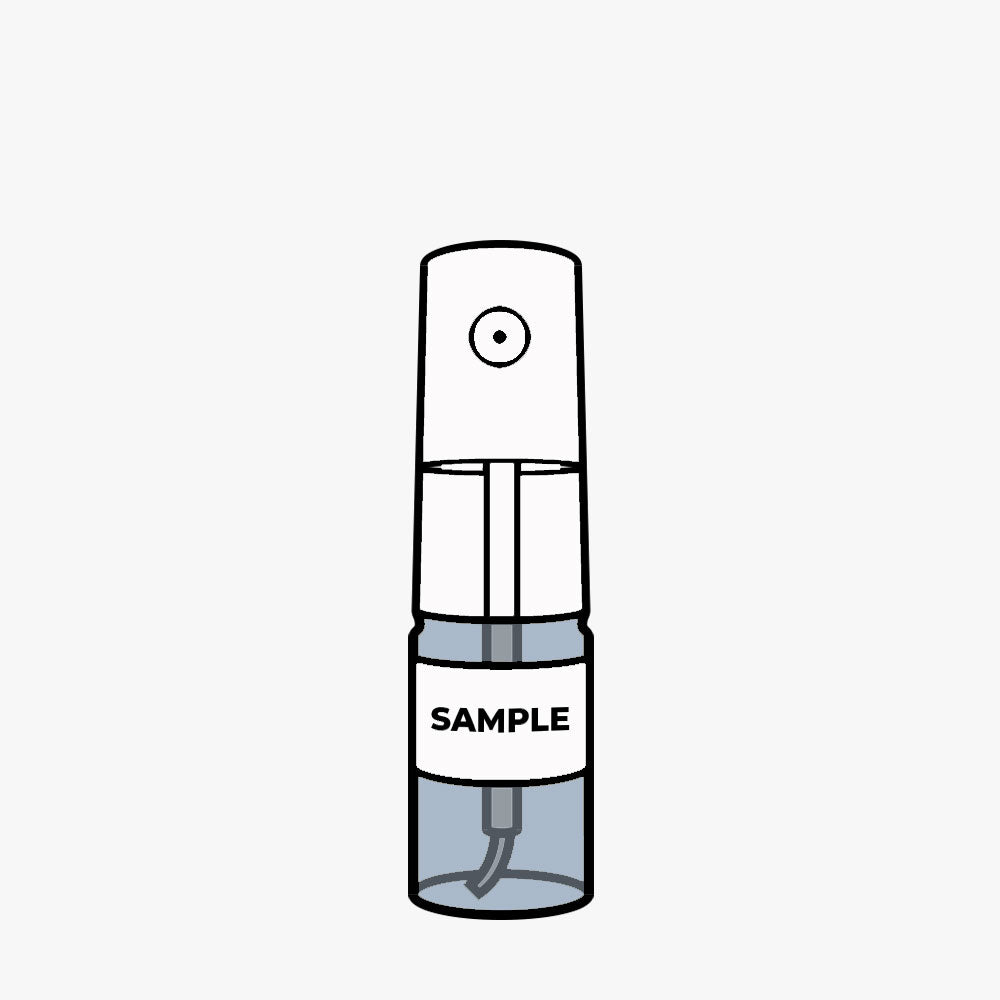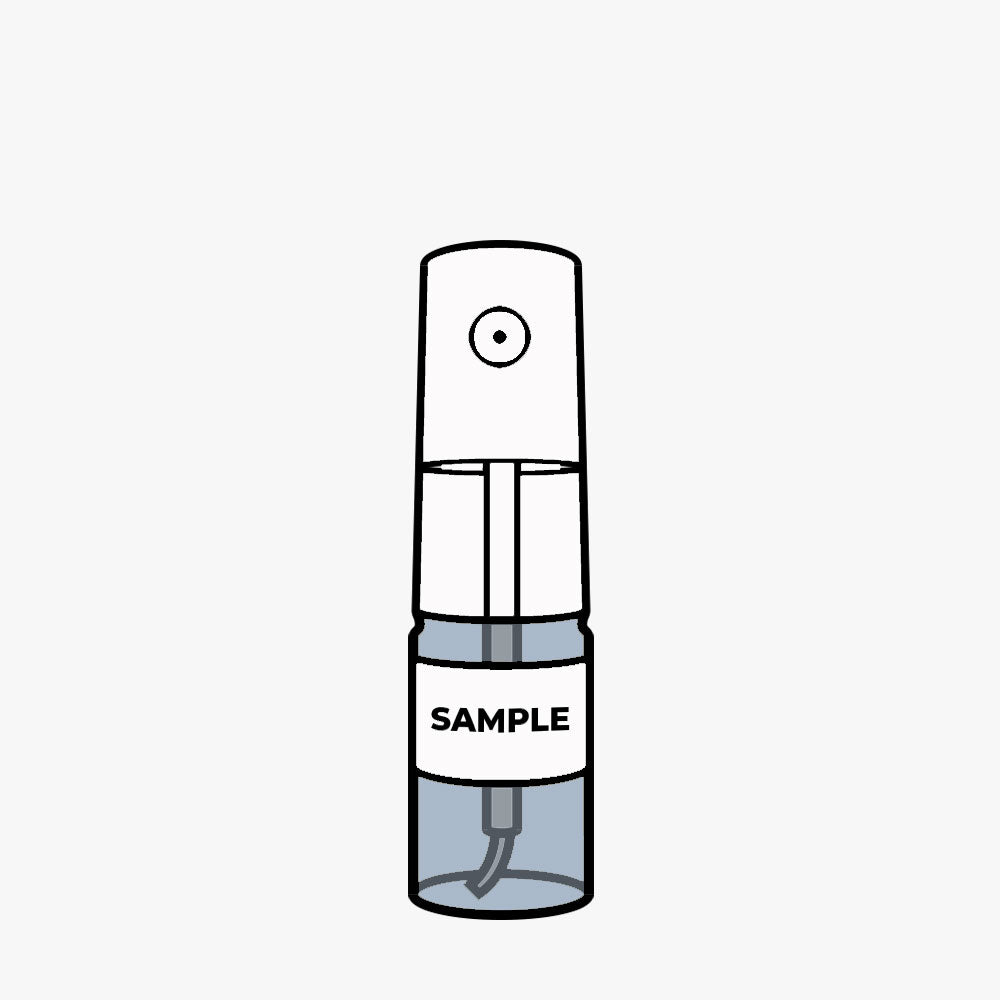What is a cologne? It is said that these fresh fragrances, a firm favorite of men and women alike, were invented by the Italian Giovanni Paolo Feminis in Cologne. Containing aromatics and citrus fruits like lemon, bergamot and mandarin, at the time these refreshingly scented alcoholic solutions were seen as more of a medicine than a refined fragrance. They were miraculous tonics used for their energizing effects. Today’s colognes have been reinvigorated to give them enhanced depth, contrasts and wear. Their resurgence shows a search for authenticity and purity.
How are these citrus fruits extracted? In perfumery, several techniques are used to extract olfactory components from natural ingredients. Those found in citrus fruits are very sensitive to heat and need a gentle touch! This means distillation can’t be used to obtain these essential oils. Citrus rinds are covered in little oil-filled sacs, which can be seen with the naked eye. Expression involves using 001 - a sweet floral cologne 001 - a sweet floral cologne orange blossom petit grain bergamot 001 pressure to pierce these tiny bubbles. The mixture is then decanted to collect just the oily portion, which is lighter than water. Like oil and vinegar, two different phases are created. Prior to industrialization, expression was carried out by hand using a very tedious process called “sponge-pressing”. The rinds of citrus fruits were rubbed with a sponge, which soaked up the oil and juice. It was then wrung out, draining the water and allowing the oil to be collected.
Did you know? Around 1,500 bergamots are needed to obtain 1 kg (2.2 lbs) of essence! Bergamot has a fresh scent that fluctuates between green and floral-fruity. It makes for a one-of-a-kind beginning but it is also the most versatile of all citrus notes. Coming for the most part from Calabria, Italy, it reveals different notes depending on the plot where it is grown: fresher in the south and more floral in the north. In a way, it’s similar to wine, where the characteristics of the surrounding land play an important role. The harvest time is also a factor; the start of the season is green and zesty, becoming fruitier toward the end.
